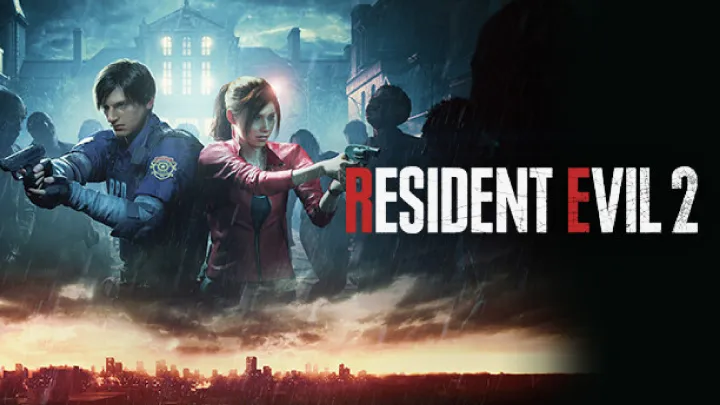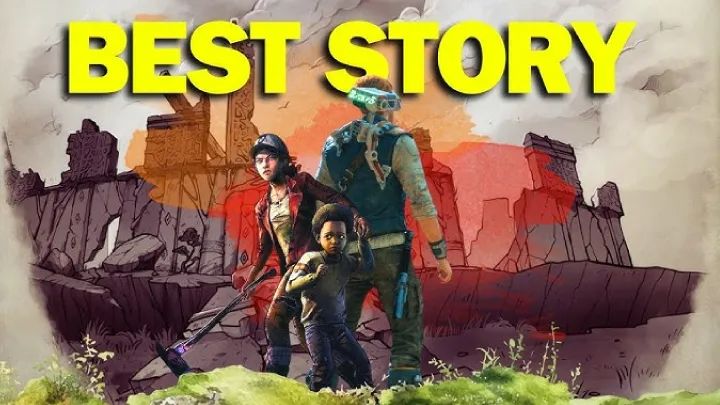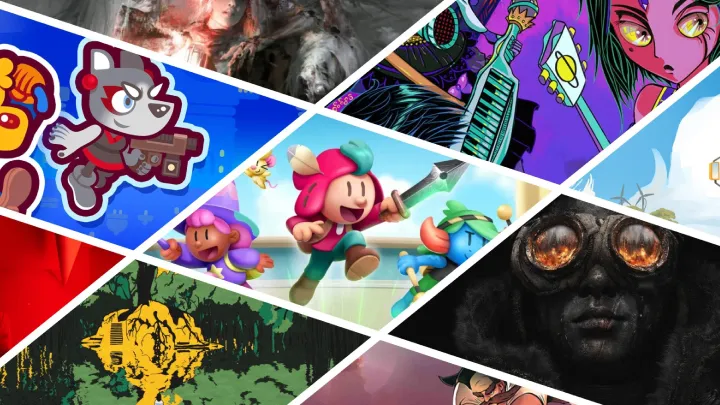The Legend of Zelda: Breath of the Wild – An Exploration of Environmental Storytelling
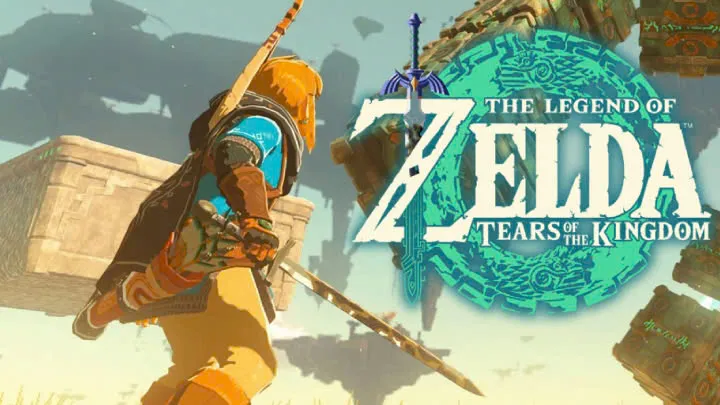
The Legend of Zelda: Breath of the Wild (BotW) represents a transformative moment in gaming, both for the franchise and the industry as a whole. Released in March 2017, this open-world adventure captivated players with its vast landscapes, intricate mechanics, and, notably, its innovative approach to storytelling. Rather than relying on traditional narrative techniques, BotW utilizes environmental storytelling to convey its rich lore and emotional depth. This article delves deeply into this specific aspect, exploring how the game's design invites players to piece together the story through exploration and interaction with the environment.
The Concept of Environmental Storytelling
Environmental storytelling is a technique that allows players to glean information about the world and its history through their surroundings rather than through direct exposition. In BotW, this concept is executed with remarkable finesse. The game world of Hyrule is filled with ruins, remnants of past civilizations, and environmental cues that tell stories without saying a word.
Unlike many traditional games that rely heavily on cutscenes and dialogue, Breath of the Wild encourages players to explore the landscape for clues. This method not only enhances immersion but also allows for a more personalized experience. Players become active participants in the narrative, discovering lore at their own pace, which significantly enhances the emotional impact.
The Ruins of Hyrule: A Silent Testimony
The remnants of Hyrule’s past civilization are scattered throughout the game world, each telling its own story. From the desolate ruins of Hyrule Castle to the remnants of ancient temples, the environment is rich with history. Players encounter various structures that hint at the grandeur of a once-thriving kingdom, now reduced to mere shadows of its former self.
For instance, the Great Plateau serves as the game's introduction, presenting players with a stark contrast between the vibrant past and the desolate present. The shrines scattered across the plateau are not just gameplay elements but also artifacts of a bygone era, hinting at the wisdom and technology of ancient Hyrule.
The Role of the Sheikah Slate
The Sheikah Slate, an essential item in Breath of the Wild, serves as both a gameplay mechanic and a narrative device. It provides players with historical context through its various functions, including the ability to scan and identify ancient structures and artifacts. This allows players to uncover the lore behind the ruins and engage with the world's history actively.
Moreover, the Sheikah Slate's connection to the ancient Sheikah tribe adds another layer to the environmental storytelling. As players utilize this device, they are not just solving puzzles; they are also piecing together the narrative of Hyrule's past, fostering a deeper connection to the game world.
The Role of NPCs in Environmental Storytelling
While the environment plays a significant role in conveying narrative, non-playable characters (NPCs) also contribute to this storytelling method. The various inhabitants of Hyrule provide context and depth to the world through their dialogue, quests, and interactions. They serve as living memories of Hyrule's history, often sharing stories that complement the environmental cues.
For example, characters like Impa and the various villagers in Hateno Village share personal accounts and historical knowledge that enrich the player's understanding of the world. Through their stories, players gain insights into the impacts of the Calamity Ganon and the struggles faced by the people of Hyrule, enhancing the emotional stakes of Link's journey.
Side Quests as Narrative Devices
Many side quests in BotW serve as micro-narratives that contribute to the overall world-building. These quests often involve uncovering the past or resolving conflicts that are deeply rooted in Hyrule's history. By participating in these side quests, players can see the immediate effects of their actions on the environment and its inhabitants.
For instance, one notable side quest involves helping a character named Kima restore his family's home. As players assist him, they learn about the family's history, the significance of their home, and the broader narrative of loss and recovery that permeates Hyrule. This intertwining of personal stories with the larger narrative creates a rich tapestry of experiences that players can explore.
The Power of Visual Design
The visual design of Breath of the Wild plays a crucial role in its environmental storytelling. The art style, inspired by Japanese watercolor paintings, creates a harmonious blend of beauty and melancholy. The use of color and light in various regions of Hyrule enhances the emotional atmosphere, allowing players to feel the weight of history as they traverse the landscape.
For example, the contrast between the lush forests of the Korok Forest and the barren wastelands of the Gerudo Desert symbolizes the dichotomy of Hyrule itself—vibrant life versus desolation. This visual storytelling encourages players to reflect on the state of the kingdom and their role in its restoration.
Dynamic Weather and Time Cycle
The dynamic weather system and day-night cycle in BotW further enrich the environmental storytelling experience. Different weather conditions and times of day can alter the way players interact with the world, affecting visibility, enemy behavior, and even the emotional tone of the game.
For instance, the serene beauty of a sunset can evoke feelings of nostalgia, while a thunderstorm can create a sense of tension and urgency. This relationship between the environment and player experience adds another layer to the storytelling, allowing players to feel the weight of their actions in a world that is alive and responsive.
The Impact of Player Choices
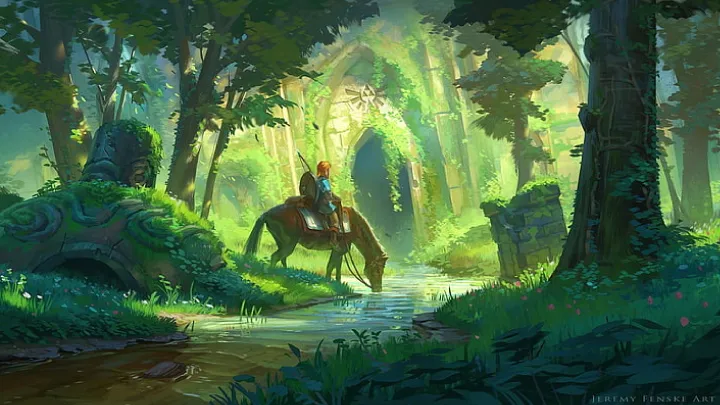
In Breath of the Wild, player agency is paramount. The game allows players to approach challenges in various ways, influencing how they experience the story. This freedom not only encourages exploration but also enables players to create their own narratives within the framework of Hyrule's history.
For example, players can choose to tackle the four Divine Beasts in any order, allowing them to shape their journey based on personal preference and play style. This choice affects the narrative flow, making each player's experience unique and deeply personal.
Consequences of Actions
Player choices in BotW also have consequences that resonate throughout the game world. For instance, rescuing a specific character can lead to changes in their community, which players can observe as they explore. These subtle shifts reinforce the idea that the player's actions have a tangible impact on the environment, further enhancing the storytelling experience.
This emphasis on choice and consequence creates a more immersive experience, as players are constantly reminded that they are not merely passive observers but active participants in the unfolding story of Hyrule.
The Emotional Resonance of Environmental Storytelling
One of the most powerful aspects of environmental storytelling in Breath of the Wild is its ability to evoke emotions through subtle cues. The game masterfully uses silence, emptiness, and beauty to create a poignant atmosphere that resonates with players.
For instance, exploring the ruins of ancient temples often evokes a sense of loss and longing. The absence of life in these spaces serves as a stark reminder of what once was, allowing players to feel the weight of Hyrule's tragic history. This emotional engagement is a testament to the game's ability to connect players with the narrative on a profound level.
The Role of Music in Enhancing Emotion
The music in BotW, composed by Manaka Kataoka and others, plays a vital role in enhancing the emotional impact of the environment. The score is designed to complement the game's exploration-oriented gameplay, often fading into the background to allow players to immerse themselves fully in the atmosphere.
In moments of discovery or contemplation, the music swells, evoking feelings of wonder and nostalgia. This interplay between sound and environment deepens the emotional resonance of the game's storytelling, making each moment feel significant.
Conclusion
In conclusion, The Legend of Zelda: Breath of the Wild stands as a remarkable example of environmental storytelling in video games. Through its intricate design, players are invited to explore a world rich in history, emotion, and personal agency. The use of ruins, NPCs, visual design, player choices, and music all contribute to a narrative experience that is both profound and immersive. As players traverse the landscapes of Hyrule, they are not just uncovering a story but participating in an evolving narrative that reflects their actions and decisions. This innovative approach to storytelling marks a significant evolution in the gaming medium, setting a high standard for future titles.
Breath of the Wild's environmental storytelling invites players to discover, reflect, and connect with the world like never before, making it a timeless masterpiece in the realm of video games.









